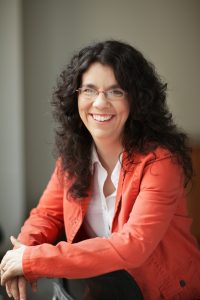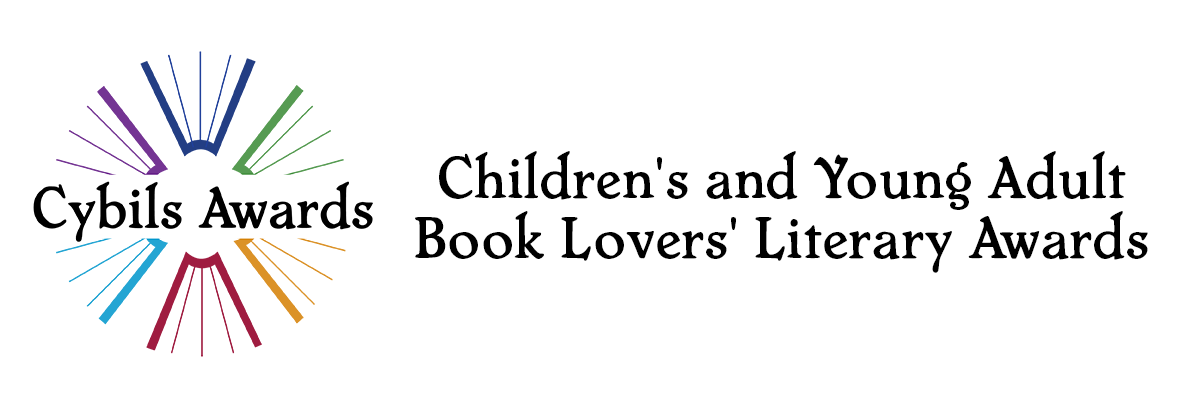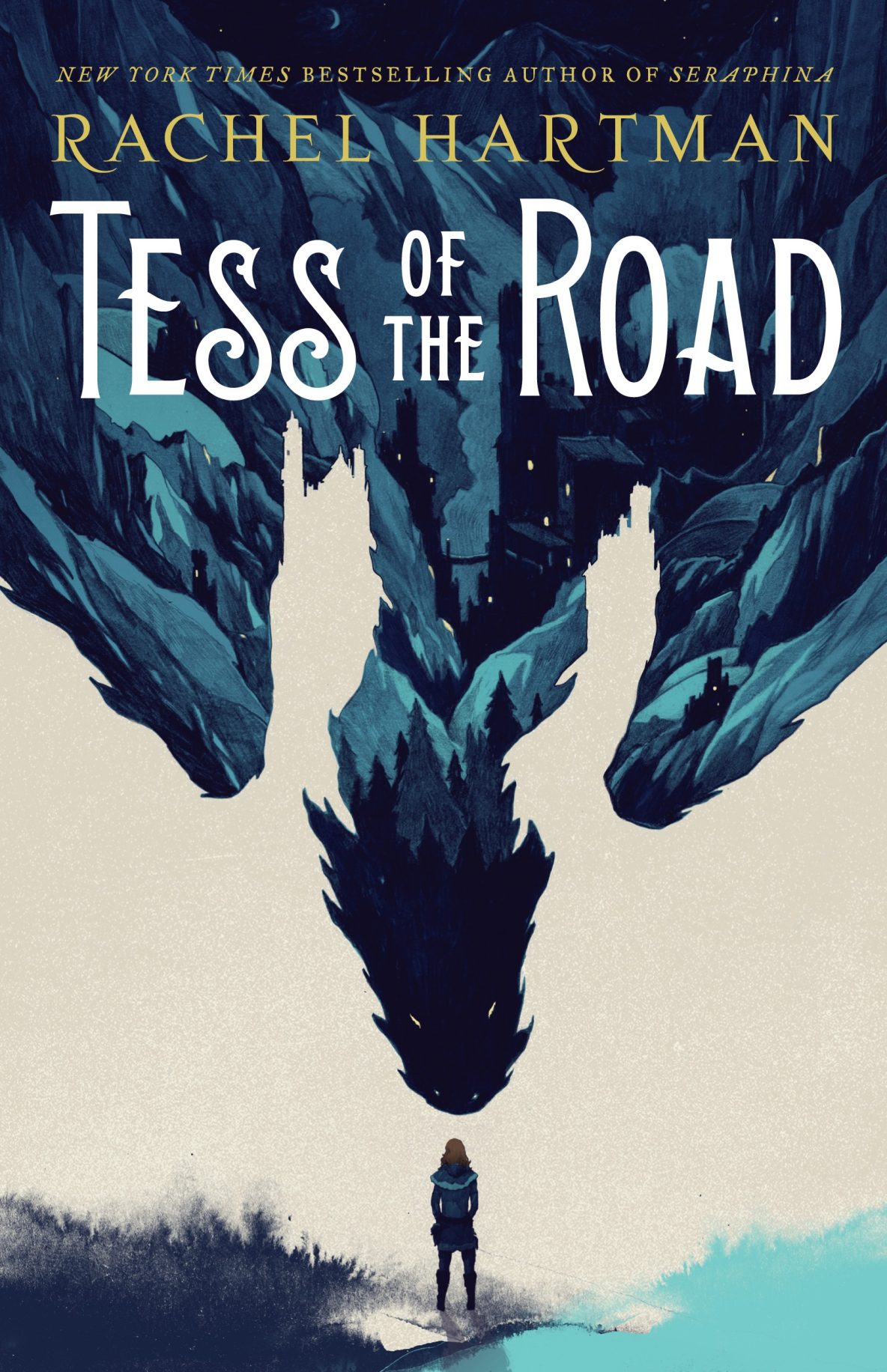What was your inspiration for this book, both Tess in particular and the world her story is set in?
My very first inspiration was an article I read lamenting the lack of female road-trip stories. I was feeling burned out after writing Shadow Scale, and a road trip sounded like an easy, merry jaunt. A title came to me, Tess in Boots, which made me laugh (and if it makes me laugh, it wins). I hadn’t thought much about Tess, one of Seraphina’s human half-sisters who appeared briefly in a very minor scene in my first book, and of course, the more I got to know her, the more this traumatic, complicated backstory began to reveal itself. The world, of course, had already been largely built in Seraphina and Shadow Scale; Tess’s story, as she walked through the world in less-elevated circles than her sister had frequented, gave me a wonderful opportunity to explore everything I’d already created from a different angle.
 There has been plenty written on building a fantasy world, but the world of Tess of the Road is so BIG! Multiple countries with different political structures and customs, characters who the reader believes will walk on for a couple scenes, then never be heard from again but who are vital to later events, three different species other than humans, their language and grammar, I could go on. What kind of pre-writing work does it take to create a world this big? How much of it is research? How much is imagination? How do the research and imagination come together?
There has been plenty written on building a fantasy world, but the world of Tess of the Road is so BIG! Multiple countries with different political structures and customs, characters who the reader believes will walk on for a couple scenes, then never be heard from again but who are vital to later events, three different species other than humans, their language and grammar, I could go on. What kind of pre-writing work does it take to create a world this big? How much of it is research? How much is imagination? How do the research and imagination come together?
I have an advantage not many fantasy writers have, which is that this world has been with me since I was twelve years old. I wrote a narrative poem for English class called “The First Adventure of Sir Amy.” The poem was set in a land called Goredd, to rhyme with Fred, which was the name of Sir Amy’s horse. It was kind of a shallow, silly, fairy-tale-derived world, but it was mine — the first inkling I’d had that I could create a whole world on my own. Throughout high school, I would set stories in Goredd, and when I was in my 20s I worked on a comic book called Amy Unbounded that was set in the same semi-medieval realm (meaning I actually have visual references of my own imaginary world, which is kind of awesome).
This is all to say, the pre-writing and research have been going on for thirty-four years! That said, my imaginary world is still not entirely built. Just like we can’t understand everything about our own world, I think it’s not really possible to understand everything about a fantasy world. I have learned to love those gaps in my knowledge, in fact, and one of my greatest joys is “discovering” something new about the world that I didn’t know before. That way the world keeps evolving, and it doesn’t grow stale or static in my mind.
Did you know when you wrote Seraphina that you’d write further books in this world? How much of the world building was created for the first series and how much was added for Tess of the Road?
Because this world has been with me for so long, I always assumed I’d set most of my stories there, like Terry Pratchett did with his Discworld novels. It’s such a big world that I could set almost any kind of story somewhere in it (except space opera, I like to joke, but even that… let’s just say I don’t like dismissing anything as impossible). While writing Tess, I learned a lot of new things about the world. The quigutl, in particular became much more fleshed out — that they bite each other to relieve stress; that they change sex several times over the course of their lifespans; that their language isn’t just “Mootya with a lisp” as Seraphina had previously characterized it. The World Serpents were entirely new. I had a lot of backstory for her parents already (thanks to an early draft of Seraphina that never saw the light of day), but there were new things to learn there, too, especially about the role of religion for some Goreddis.
From the end of the story, it sounded like there will be a sequel as Tess joins the expedition to find the Antarctic serpent. Will there be a sequel? When??
I am working on it right now! It is tentatively called Tess of the Sea. In fact, I was slow getting these questions answered because I’ve been caught up in finishing a draft. Not the final draft, alas — my editor and I are a pair of perfectly matched perfectionists, so we’re probably going to throw it back and forth a couple more times. However, I’m feeling really good about it, and believe it will be worth the wait.
Thank you so much for your time!
Be sure to check Rachel out on her website.

